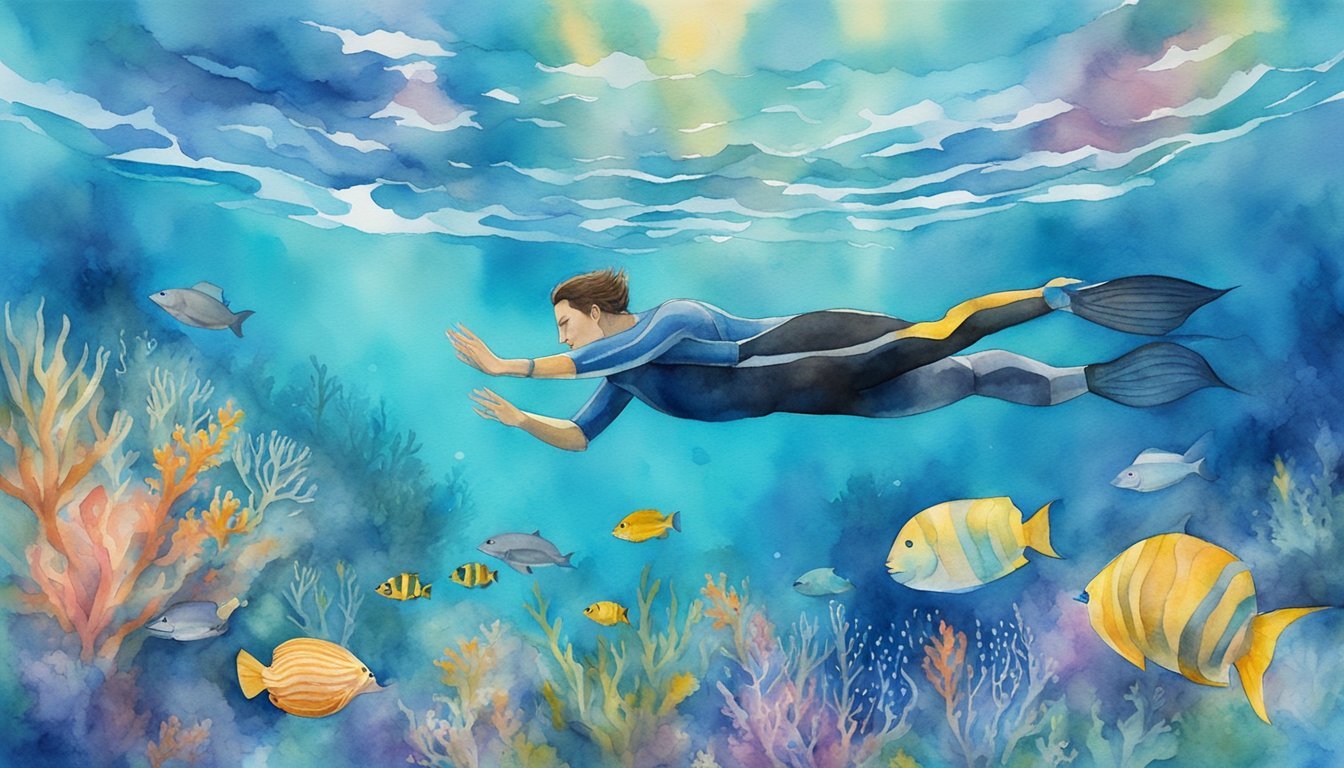World Record for Holding Breath
The ability to hold one’s breath for extended periods is not only a test of human endurance but also a fascinating interaction of physiology and training. As of March 2021, Croatian freediver Budimir Šobat set a remarkable record.
History and Record-Holders
The Guinness World Records acknowledges outstanding achievements in breath-holding, a discipline where athletes push the limits of the human body. The first notable record in this category was set by Branko Petrovic with an impressive time. Progressively, these records have been shattered, often in support of causes like autism awareness.
One of the most recognized names in the apnea community is Natascha Molchanova, who held numerous records and is considered one of the greatest freedivers. However, in March 2021, Budimir Šobat from Croatia achieved a breath-taking time of 24 minutes and 37.36 seconds, surpassing previous figures and setting a new world benchmark. His attainment surpassed Stéphane Mifsud’s previous male record, while the female record remains with Karoline Meyer since 2009.
Physiology of Breath-Holding
Holding one’s breath, known as apnea in the scientific community, involves a sophisticated interplay of bodily functions. The International Association for the Development of Apnea (AIDA), which governs such records, outlines the physiological adaptations essential for this feat. Successfully holding one’s breath for extreme durations requires mastery over the body’s urge to breathe, which is often triggered not by a lack of oxygen, but rather by the accumulation of carbon dioxide. Top athletes like Stig Severinsen manage to reduce their heart rate and optimize oxygen consumption to push the boundaries of the longest time breath held voluntarily. These capabilities are honed through meticulous training and a deep understanding of one’s physiological responses to oxygen deprivation.
Training and Techniques for Freediving

Freediving is a sport that challenges the limits of human performance underwater, requiring intense training and specific techniques to improve breath-hold times and safety. The discipline involves various breathing and relaxation methods, as well as strict adherence to safety protocols to mitigate risks associated with long-duration breath-holding.
Breathing and Relaxation Techniques
Freedivers employ a range of breathing and relaxation techniques to optimize their oxygen usage and control their heart rate during dives. Prior to submersion, a typical routine includes a period of calm breathing to increase oxygen levels and a technique known as lung packing to maximize lung volume. For relaxation, meditation is a common practice that helps in reducing heart rate and calming the diaphragm, enhancing the body’s ability to withstand low oxygen conditions.
Breath-holding ability is greatly influenced by one’s capacity to tolerate high levels of carbon dioxide and low levels of oxygen in the body. Training can improve this tolerance through repetitive breath-holding exercises, both in and out of the water. These exercises help in adapting the body’s physiological response to the diving reflex, an innate reaction that optimizes respiration under water stress.
Safety and Risks
The pursuit of excellence in freediving is not without risks, so safety is paramount. A freediver should never train alone; a buddy system is crucial to prevent accidents, as issues can occur swiftly and without warning. Knowledge of the signs of hypoxia and having an established rescue protocol are fundamental parts of a freediver’s safety training.
Over time, freedivers develop motivation and dedication that help them in their quest for setting new personal bests or even world records. Understanding the sport’s physiological aspects, such as the body’s oxygen-assist capabilities and the mechanics of the diving reflex, are essential in pushing boundaries while minimizing the risks. Regular training sessions, competition experience, and knowledge sharing within the freediving community contribute to continually refining techniques and elevating human performance in this challenging underwater sport.

